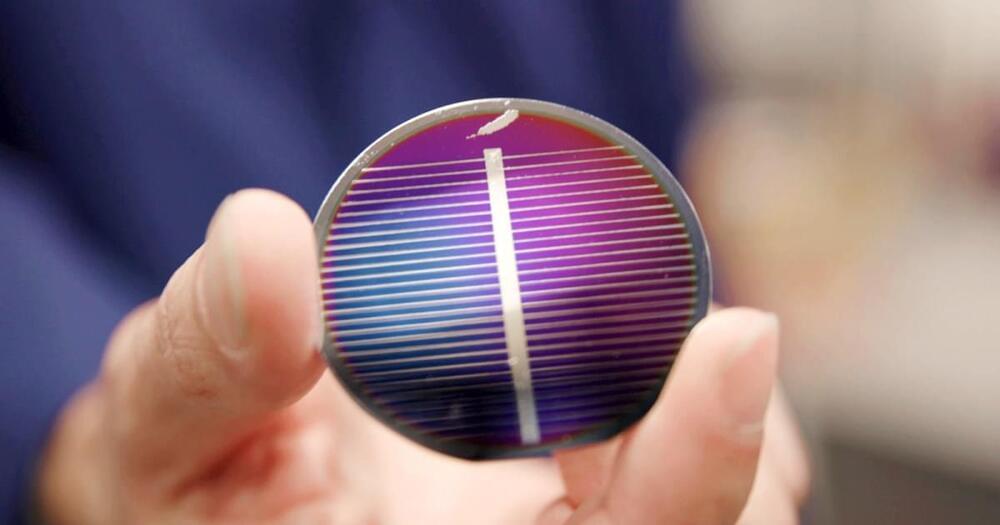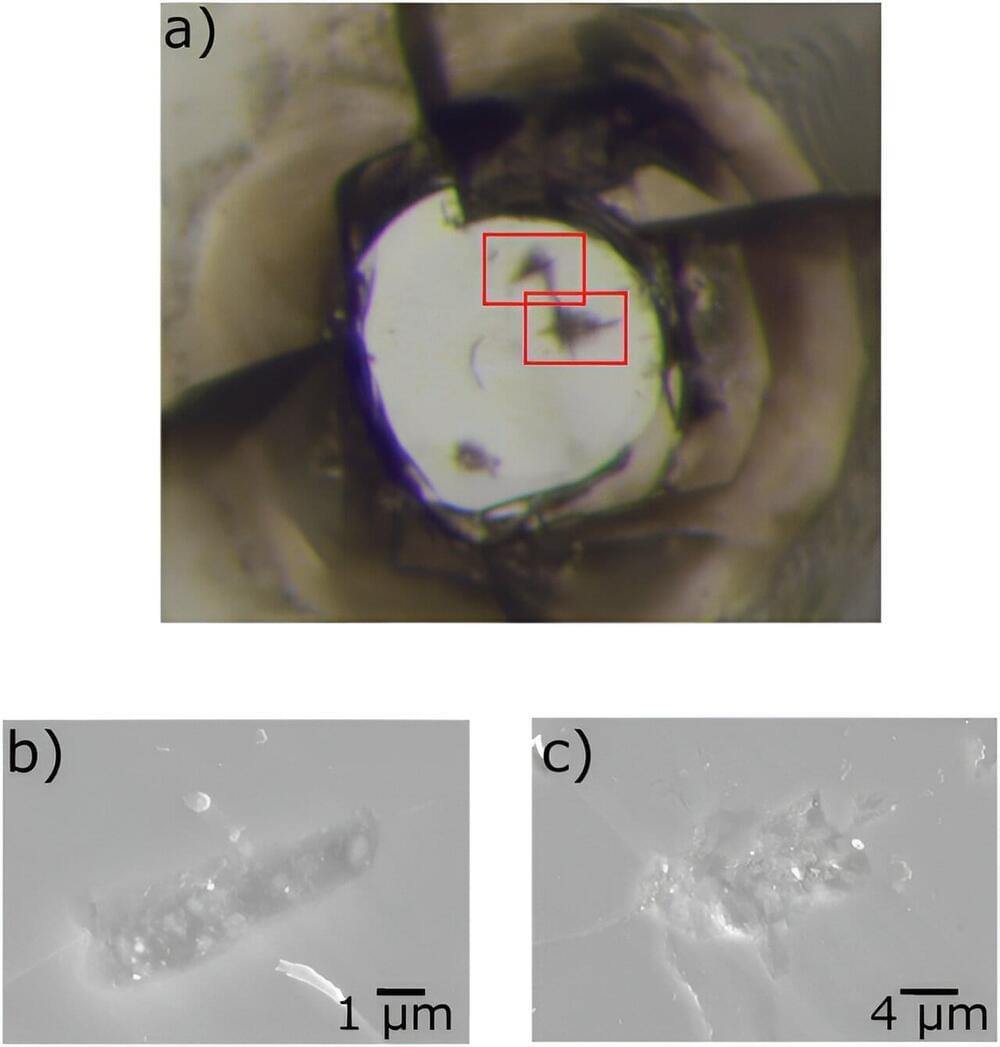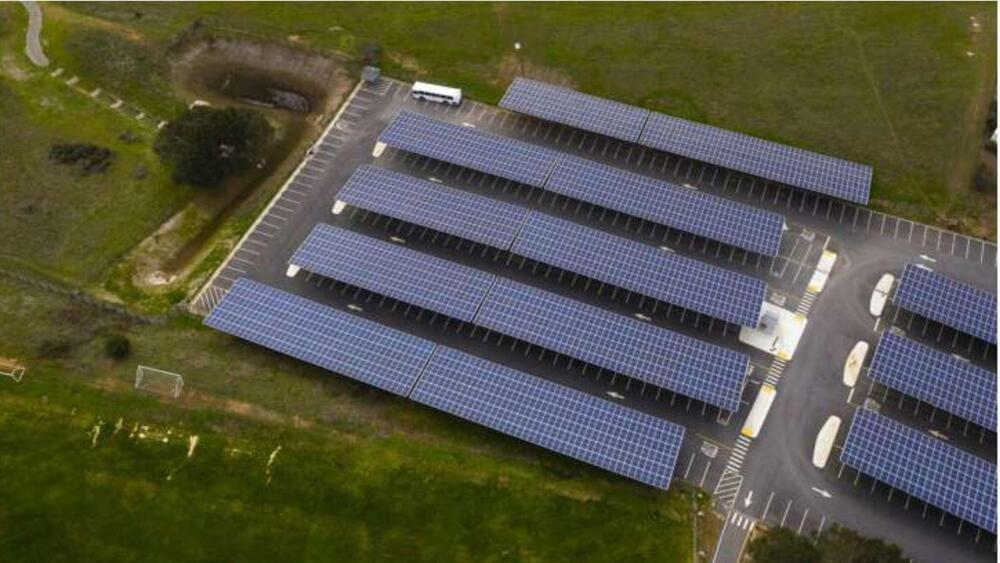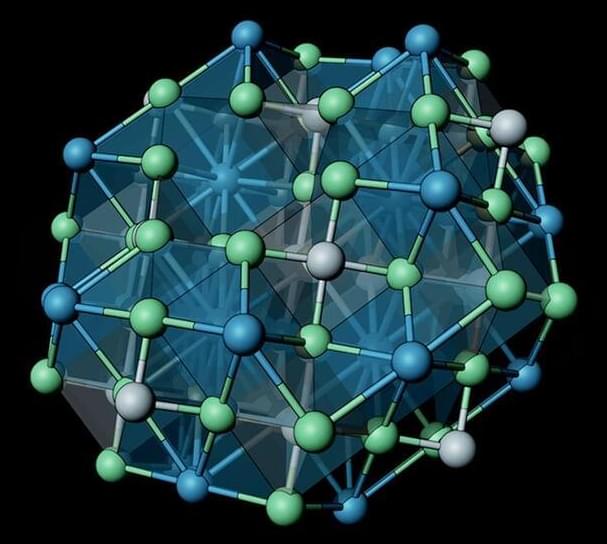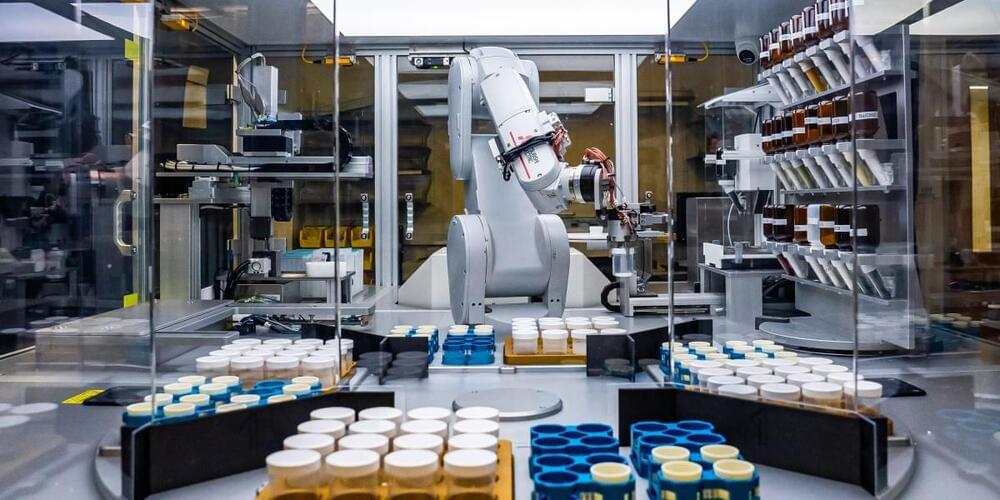Dec 17, 2023
NASA gives Blue Origin $35 million to turn moon dust into solar cells
Posted by Kelvin Dafiaghor in categories: solar power, space travel, sustainability
NASA has awarded Blue Origin a $35 million contract to further develop a technology that creates solar cells out of lunar regolith — the dust and crushed rock blanketing the moon’s surface.
“[W]e’re inspired and humbled to receive this investment from NASA to advance our innovation,” said Pat Remias, VP of Blue Origin’s Capabilities Directorate. “First we return humans to the moon, then we start to ‘live off the land.’”
Moon or bust: NASA plans to send astronauts to the moon again as soon as 2025, with the goal of establishing a long-term presence on the lunar surface soon after. For that to work, it’s going to need a way to provide astronauts with a steady supply of everything they need to survive and thrive, from food and water to oxygen and electricity.
